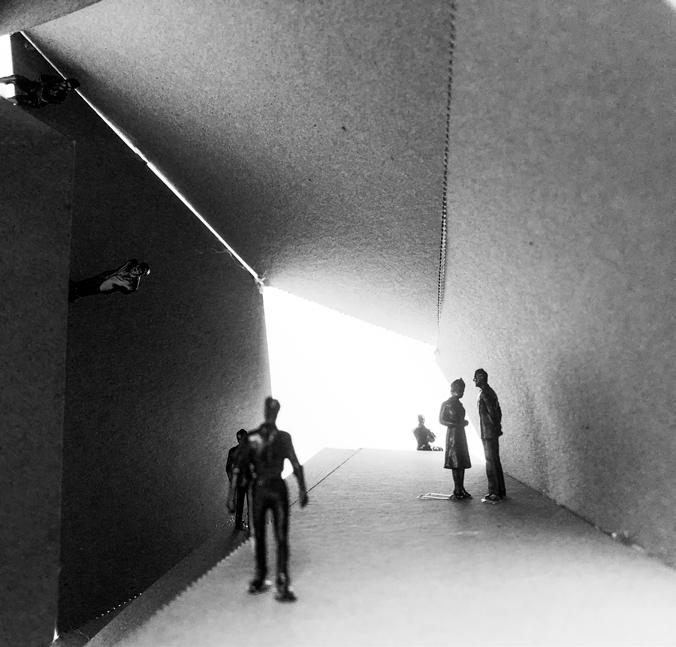

eco-heights
Remediating decades of environmental injustice in Boyle Heights
Los Angeles, CA
Fall 2024
Julia Sulzer
Pulley System
Algal Photobioreactors
Movable Platforms
Access Bridges Greenhouses
Algae Harvesting Roof
Analysis/Maintenance Labs
Public Terraces
Loading Dock
Algae Growth
Algae capture solar energy through their photosynthetic pigments (such as chlorophyll), which convert sunlight into chemical energy. This energy drives all metabolic processes in the algae, including the growth and pollutant remediation processes.
Algae absorb pollutants such as heavy metals, excess nutrients (nitrogen, phosphorus), organic compounds, and other contaminants from the surrounding environment (water or soil). The absorbed pollutants can be actively transported into algal cells, where they are either sequestered or degraded. Some pollutants are detoxified by enzymatic reactions or by biotransformation into less harmful compounds.
As a byproduct of photosynthesis, algae release oxygen (O2) into the surrounding environment. This oxygen not only contributes to improving water quality but also supports aerobic organisms in the ecosystem.
Algae Harvesting
Once algae have absorbed and sequestered pollutants, they are harvested to remove the contaminated biomass from the environment. Harvesting can be done using various techniques such as filtration, flotation, or centrifugation.
After harvesting, the algal biomass can be processed for various uses. This may include the extraction of valuable bioactive compounds, oils (for biofuel production), or proteins, as well as preparation for waste disposal or conversion into compost.
The byproducts from biomass processing, including residual pollutants, can be safely disposed of or treated further to reduce environmental impact. The processed biomass can be used as a renewable source of biofuels (e.g., biodiesel, biogas) or utilized in other industries, such as agriculture or pharmaceuticals.
Loading/Unloading
Train Platform
Train Public Courtyards
Train Entrance
Vehicle Entrance
Pedestrian Entrance
The final products (biofuels, algal biomass, or processed byproducts) are packaged, transported, and shipped to various destinations for distribution or utilization. This may involve shipping biofuels to refineries, energy plants, or commercial buyers, or transporting algal biomass for further industrial processing.

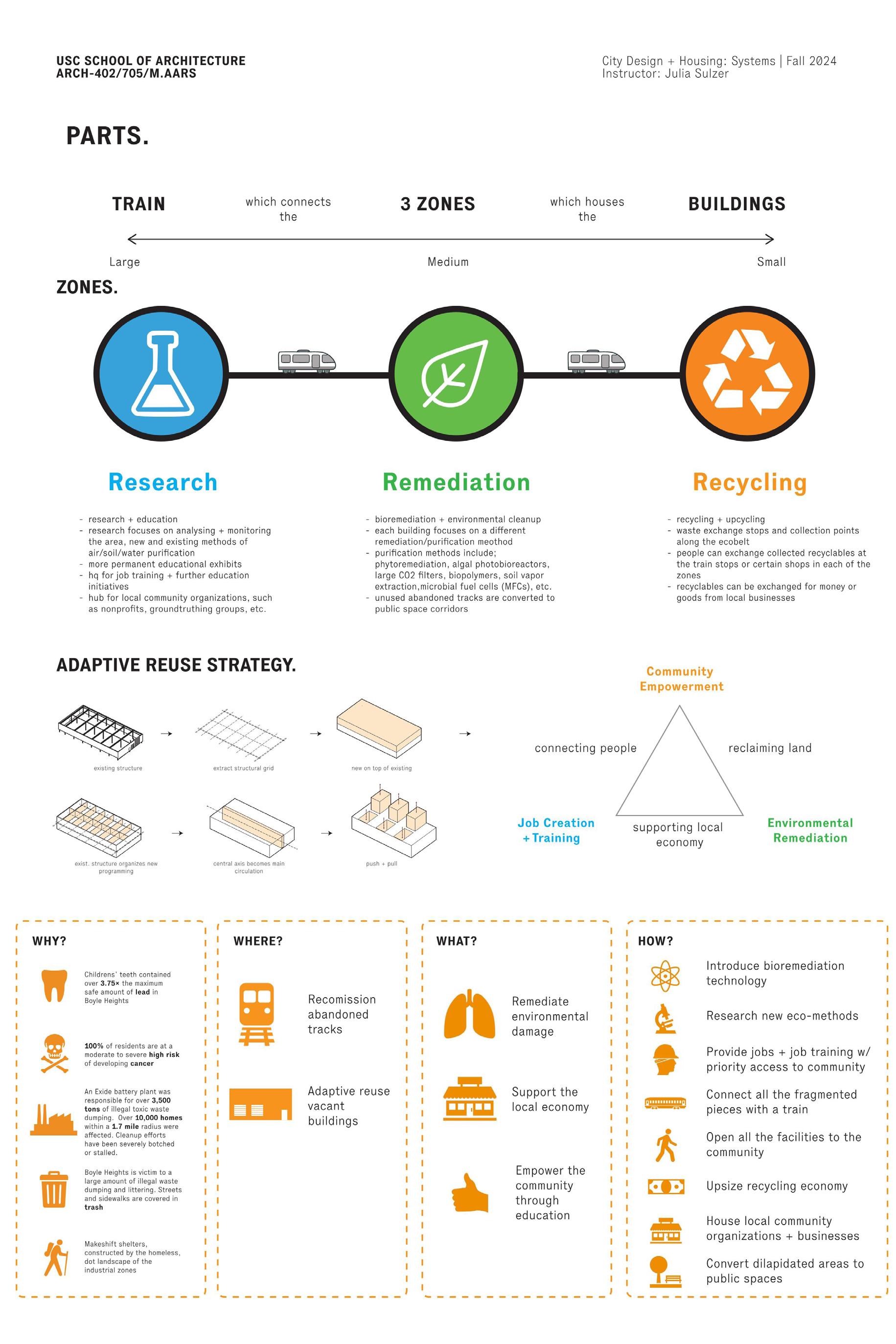
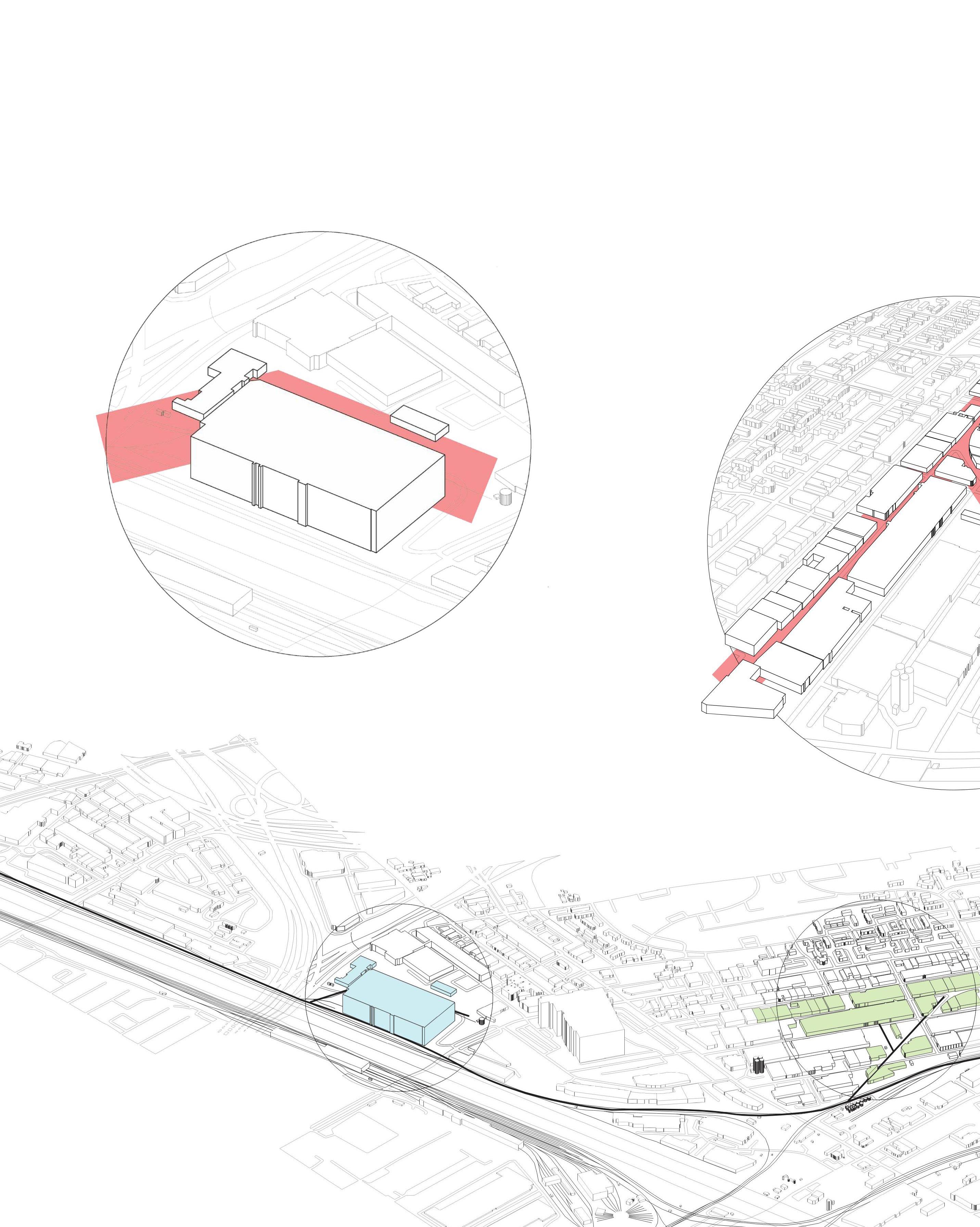


corita
art foundation
A new home for the Corita Art Center
Los Angeles, CA
Spring 2024
Selwyn Ting
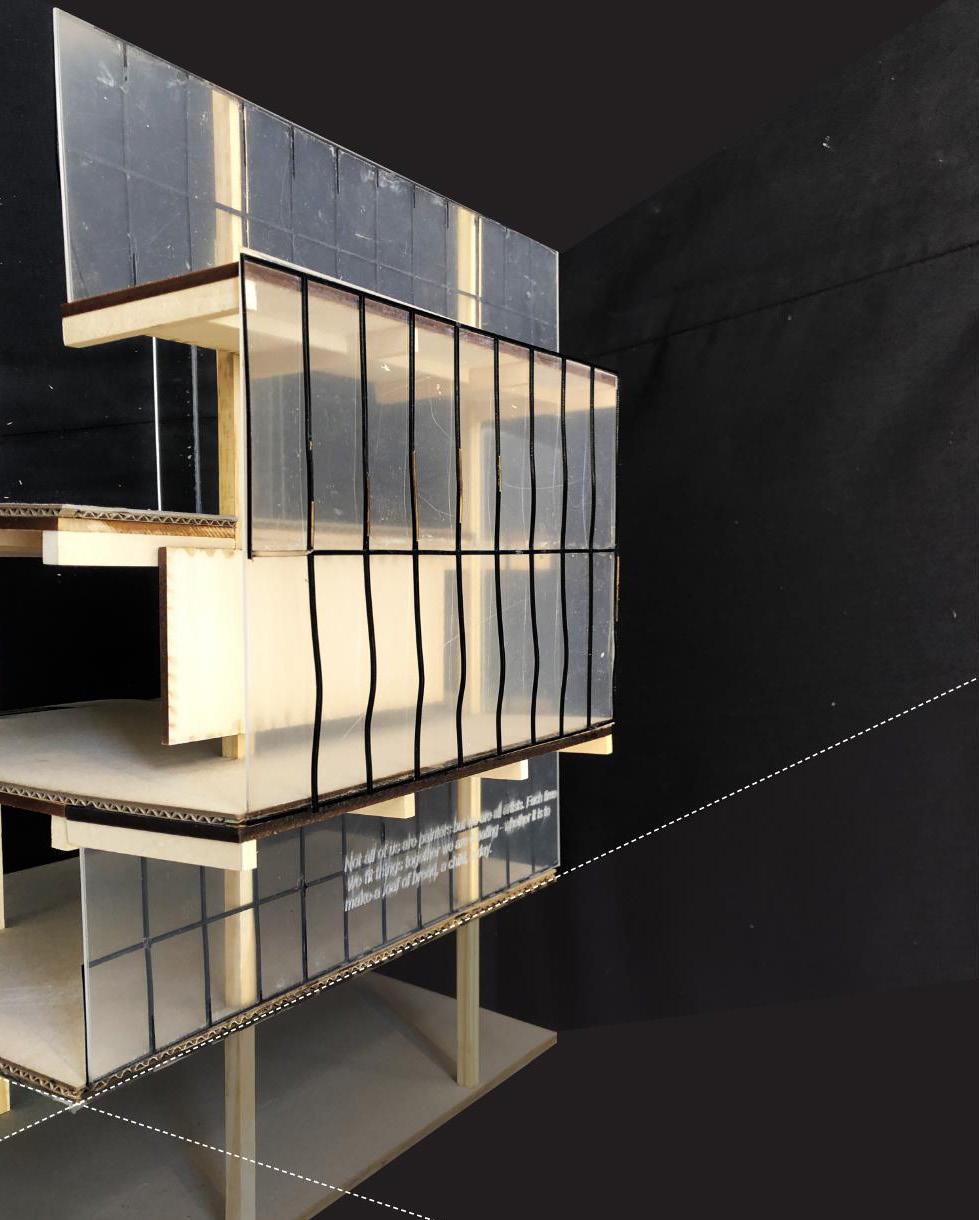



spatial culture
(1) exploring spatial layouts to foster interaction and (2) redefining a company’s identity for a new age
Decatur, GA
Fall 2019
Sonit Bafna


/ PRIVATE
[ space is divided by depth depending on function ]
[ pull departments to the edge of the site ]

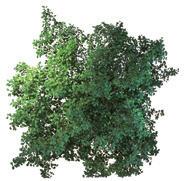

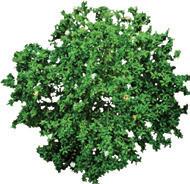
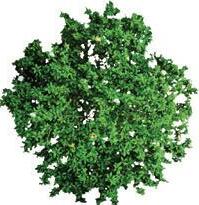
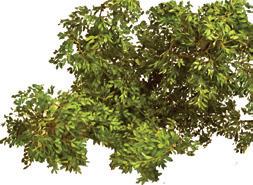

































oasis
bringing back gothic figures with a twist
Chicago, IL
Fall 2017
Lars Spurbroek









- void variation relationship
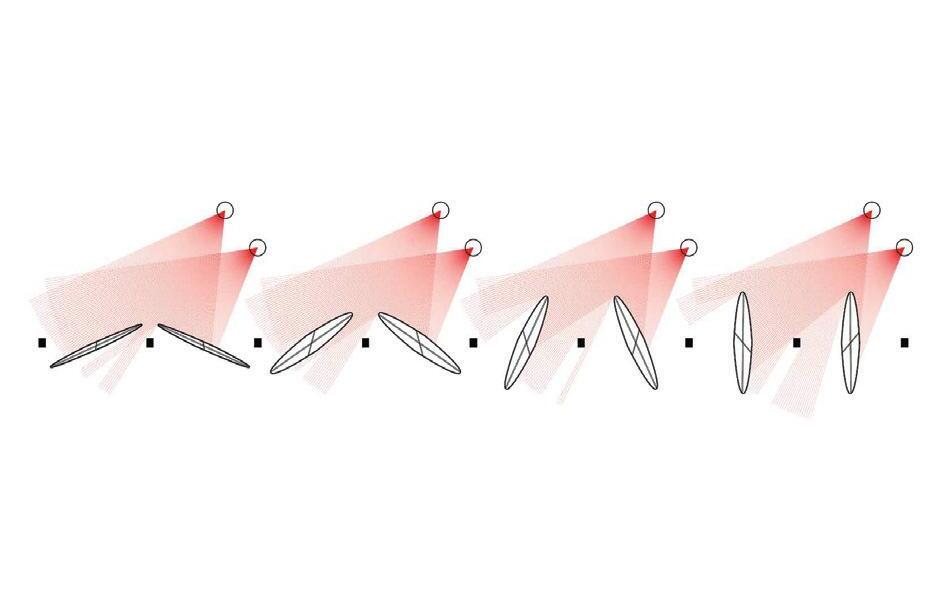





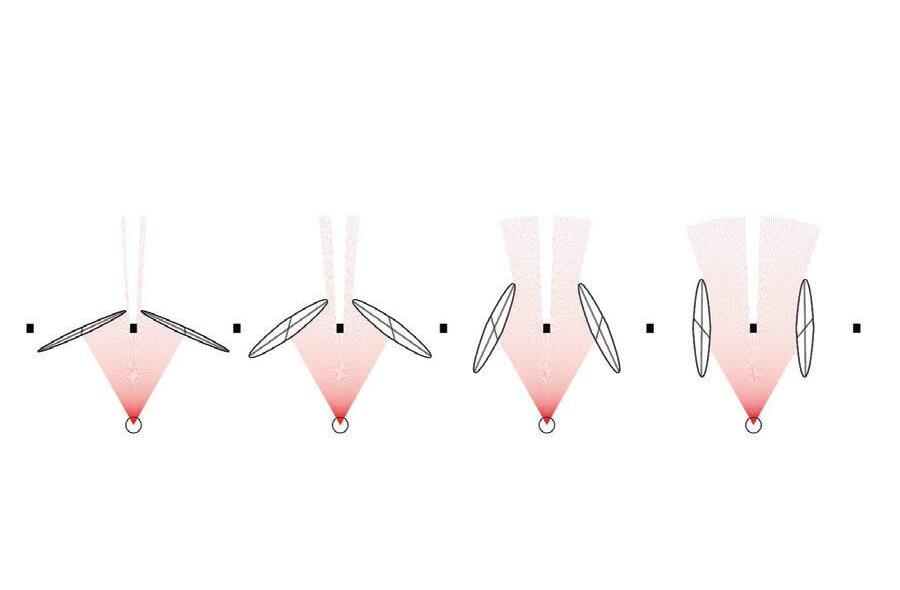

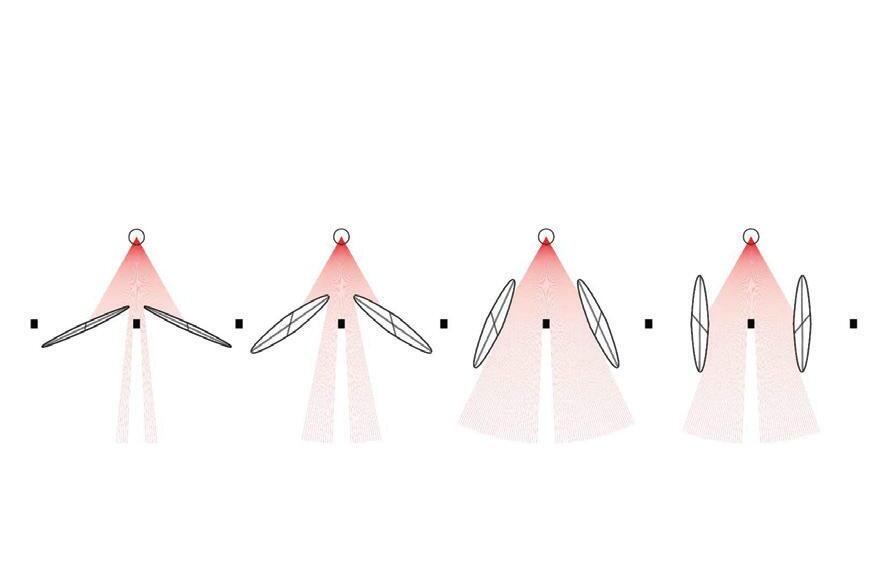

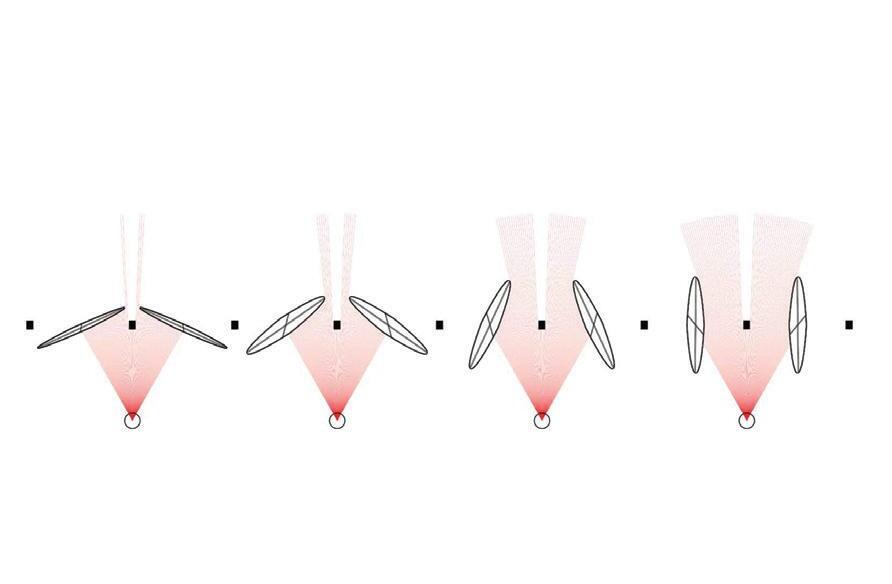
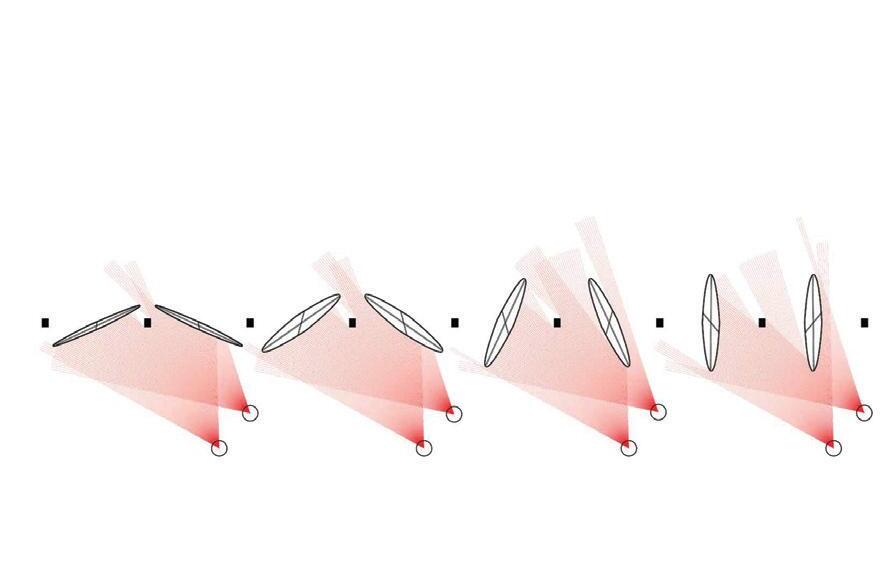
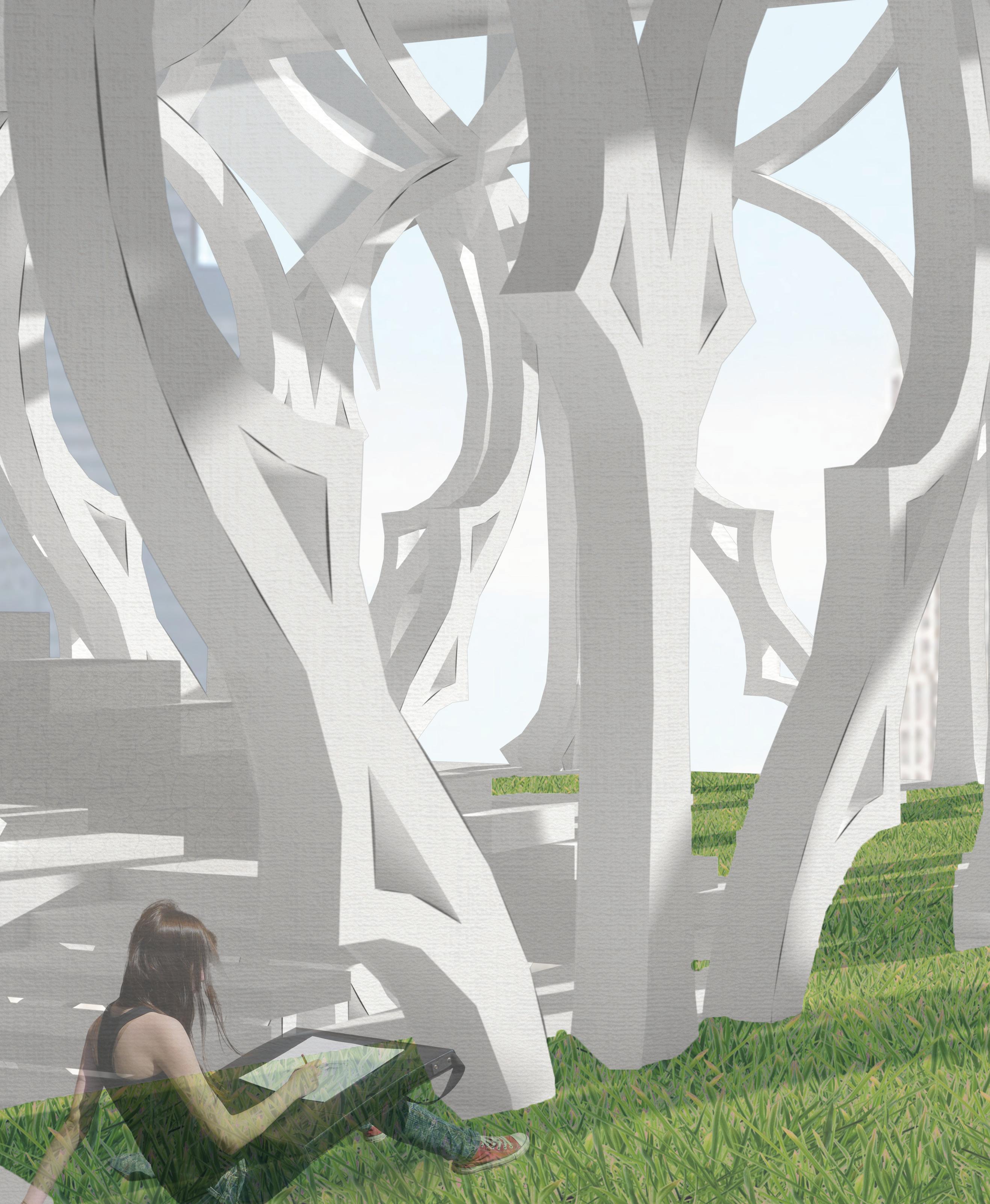
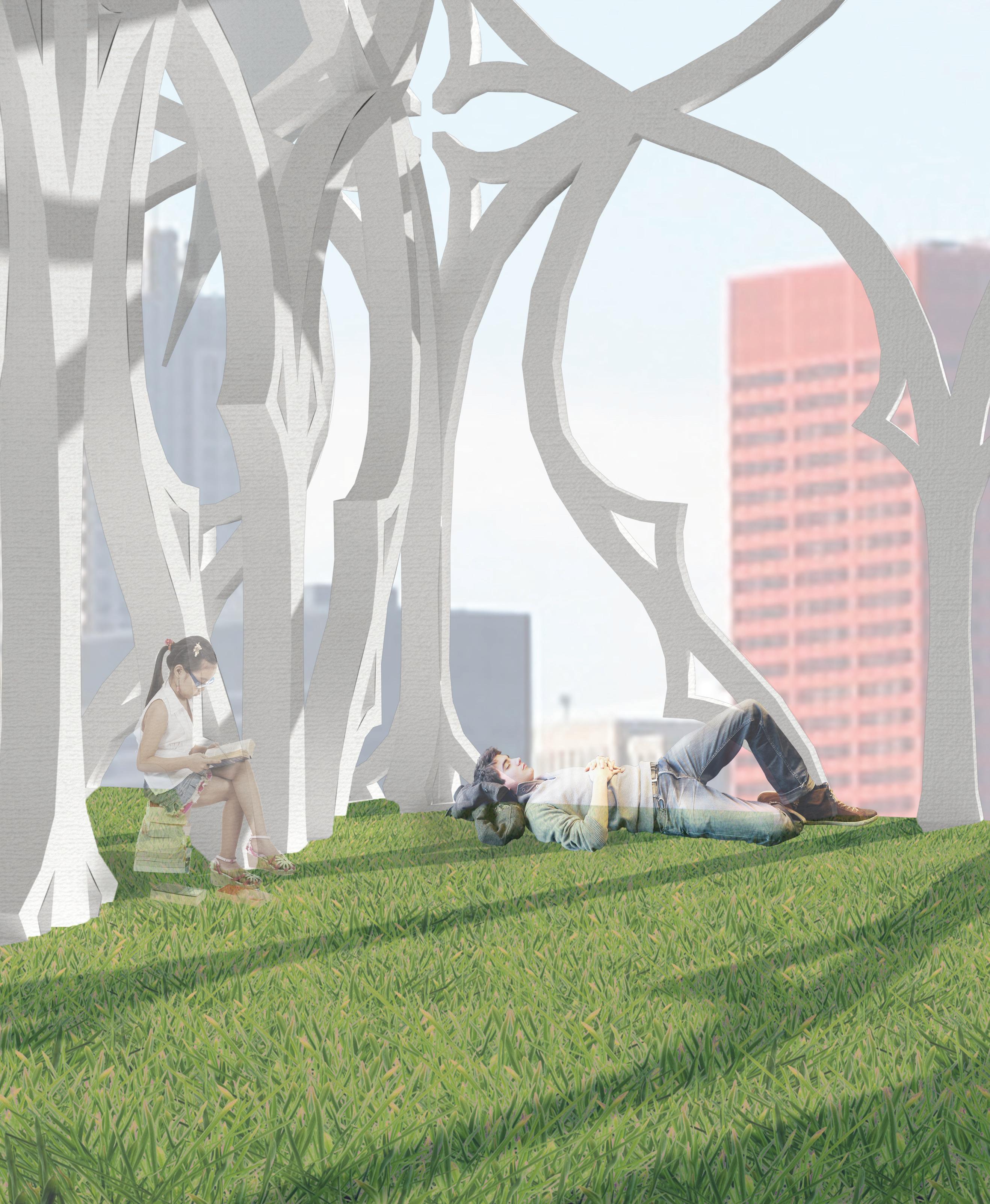
Photography/Model Studies
